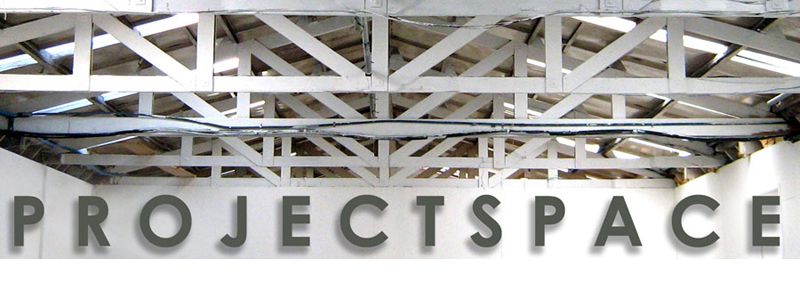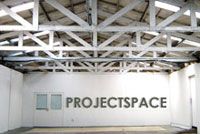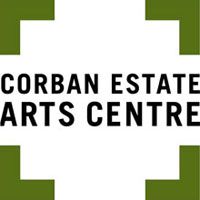

Special congrats to Margaret Lewis for her winning Street Wear design in Westfield Style Pasifika 2010. Margaret has shared the story behind 'Rattle your Daggs' here . She also came runner-up in Resene Asia Pasifika with an entry called 'She was a Skater Girl' inspired by Avril Lavigne going Harajuku. Among Margaret's many talents she's also The Big Idea Marketing and Business Development Manager.



















































